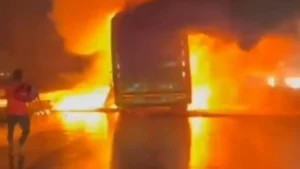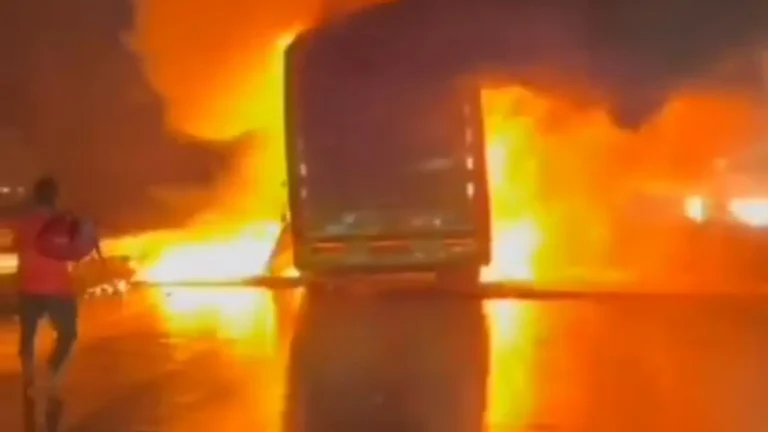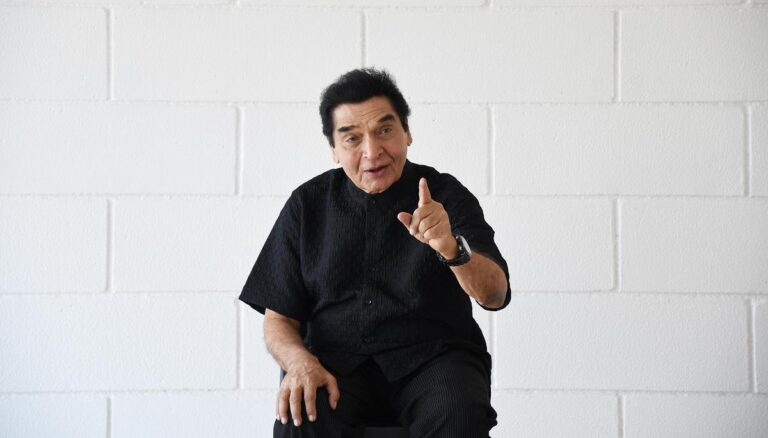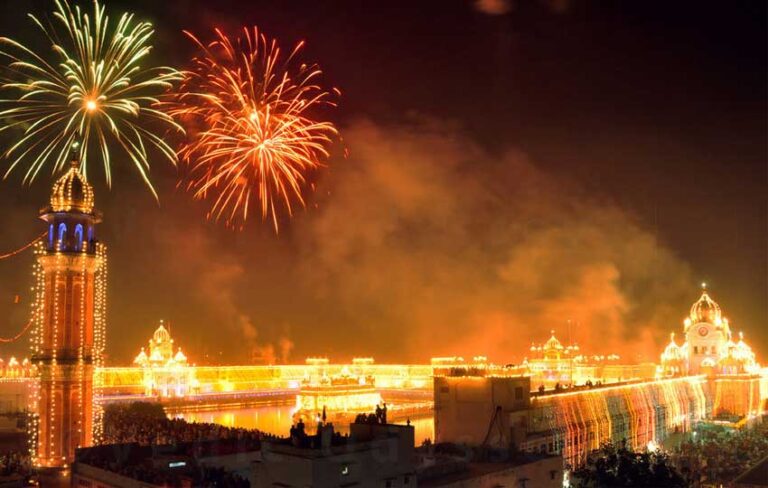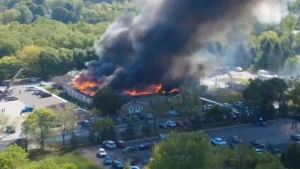Gandhinagar, 28 September 2025 – The Indian Army successfully concluded its large-scale multi-agency exercise, “Suraksha Samnvay 2025”, in Gandhinagar, Gujarat. The drill focused on enhancing synergy between the armed forces, civil administration, disaster response teams, and private sector stakeholders to ensure a coordinated response during crises and emergencies.
A Drill Beyond Combat: Strengthening Preparedness
Unlike traditional military exercises that emphasize battlefield tactics, Suraksha Samnvay 2025 was designed to prepare for non-traditional security challenges such as natural disasters, cyber threats, infrastructure breakdowns, and large-scale emergencies.
The Army collaborated with:
- National Disaster Response Force (NDRF)
- State and district administrations
- Indian Railways & local transport authorities
- Medical institutions and academic bodies
- Private companies handling logistics and technology
The joint effort underlined a whole-of-society approach where the military and civil systems work hand in hand to safeguard people and infrastructure.
Gujarat’s Strategic Role in the Exercise
Hosting the drill in Gujarat was no coincidence. The state’s long coastline, industrial hubs, and history of natural calamities (like earthquakes and cyclones) make it a critical region for disaster readiness.
The exercise simulated multiple scenarios, including:
- Earthquake aftermath in urban centers
- Cyclone impact on coastal villages
- Cyber-attack on communication networks
- Mass evacuation using rail and road systems
By practicing these situations, agencies tested real-time coordination, rapid deployment of resources, and clear communication channels – all crucial factors during actual crises.
Civil-Military Synergy: Why It Matters
In today’s world, security threats are no longer limited to battlefields. Climate change has increased the frequency of extreme weather events, while rapid urbanization has made cities more vulnerable to disasters. A single infrastructure breakdown can disrupt essential services for millions.
By involving civil agencies and private companies, the Army ensured that resources like railways, hospitals, IT systems, and local governance could be seamlessly integrated with military logistics. This “synergy model” is being hailed as a blueprint for future emergency response in India.
Voices from the Ground
Senior Army officials highlighted the significance of the exercise:
“Disaster response is not a task for one institution alone. Suraksha Samnvay has shown that when the Army, government, and people’s institutions come together, we create a force multiplier effect,” said a senior Army spokesperson.
Civil administrators also welcomed the collaboration, noting that practical training and coordination with the military gave them confidence to handle large-scale crises more effectively.
Public Awareness & Community Involvement
An important aspect of Suraksha Samnvay 2025 was community engagement. Mock drills were conducted in public areas where citizens participated in evacuation exercises, first-aid training, and awareness workshops.
This involvement ensured that disaster preparedness does not remain limited to agencies but extends to ordinary people – the first responders in any emergency.
A National Model for the Future
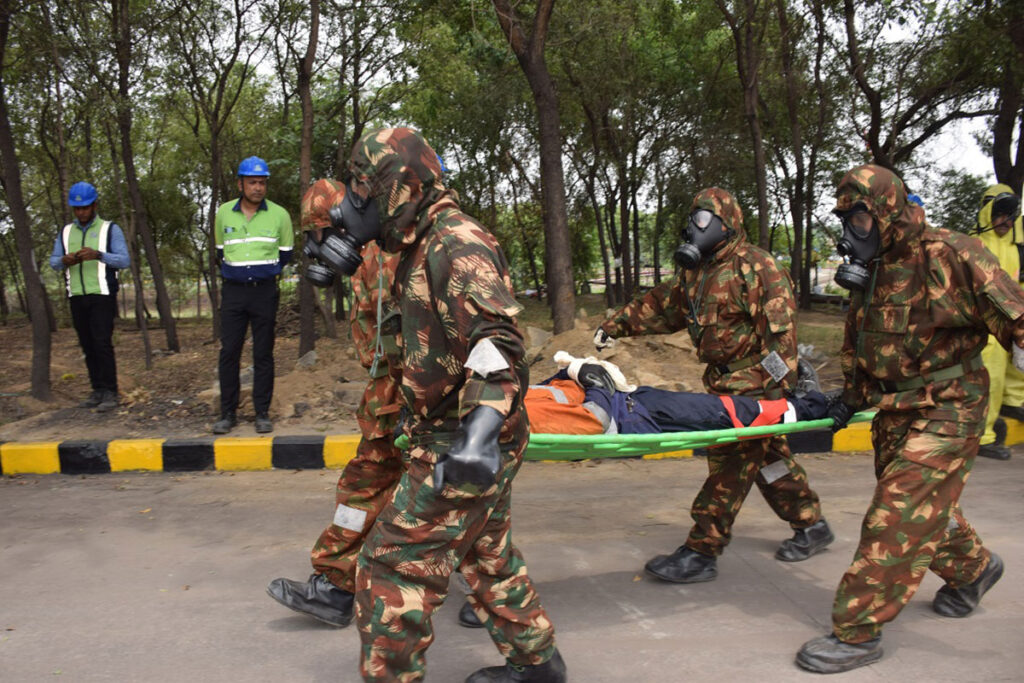
Experts believe that this Gujarat exercise could become a model for national-level policy. By combining military discipline with civil resources and community participation, India can build a resilient disaster management system.
Furthermore, as India aspires to play a bigger role in international humanitarian missions, such multi-agency drills also enhance its global disaster relief capabilities.
Conclusion
The successful conclusion of “Suraksha Samnvay 2025” marks a step forward in India’s evolving security and disaster preparedness strategy. By bringing together the Army, civil agencies, private sector, and citizens, the exercise highlighted the power of unity, coordination, and foresight.
In an era where crises can strike anytime – whether natural, technological, or man-made – such synergy is not just a drill; it is a necessity for safeguarding lives and infrastructure.
